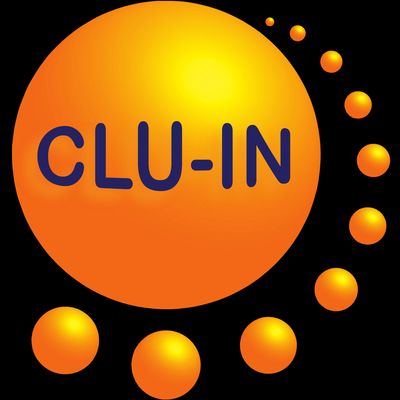Since 1998, The Contaminated Site Clean-Up Information (CLU-IN) website has presented Internet Seminars covering a wide variety of technical topics related to hazardous waste characterization, monitoring, and remediation. For select seminar topics offered since 2012, we are making complete video recordings available through our archives. This feed contains all video seminars archived in the last 12 months. For a complete list of seminars archived since 2000, please visit http://www.clu-in.org/live/archive/. Our Rehabilitation Act Notice for reasonable accommodation is available at http://www.clu-in.org/training/accommodation.cfm. CLU-IN was developed by the U.S. Environmental Protection Agency (EPA) but is intended as a forum for all waste remediation stakeholders. For more information and to view upcoming live offerings, please visit http://www.clu-in.org/live/. For a complete list of RSS feeds available on CLU-IN, please visit http://www.clu-in.org/rss/about/.
http://www.clu-in.org/live/archive
Optimizing Injection Strategies and In situ Remediation Performance (May 21, 2020)
In situ remediation technologies using amendment injections have advanced to mainstream acceptance and offer a competitive advantage over many forms of ex situ treatment of soil and groundwater. Developing a detailed site-specific strategy is absolutely critical to the success of such in situ remedies. These strategies include conducting a thorough site characterization that will allow development of a detailed Conceptual Site Model (CSM) to guide critical analysis of subsurface features and improving remediation effectiveness. In the interest of developing expedited solutions, many past in situ remediation projects have been executed based on an incomplete understanding of the hydrogeology, geology, and contaminant distribution and mass. Some of these sites have undergone multiple rounds of in situ injections but have not advanced to closure. Better strategies and minimum design standards are required to decrease uncertainty and improve remedy effectiveness. In an effort to overcome these challenges and improve the effectiveness of in situ remediation using injected amendments, ITRC developed the guidance: Optimizing Injection Strategies and In Situ Remediation Performance (OIS-ISRP-1). The guidance and this associated training course identify challenges that may impede or limit remedy effectiveness and discuss the potential optimization strategies, and specific actions that can be pursued, to improve the performance of in situ remediation by: Refining and evaluating remedial design site characterization data; Selecting the correct amendment; Choosing delivery methods for site-specific conditions; Creating design specifications; Conducting performance evaluations, and Optimizing underperforming in situ remedies.The target audience for this guidance and training course is: environmental consultants, responsible parties, federal and state regulators, as well as community and tribal stakeholders. This training will support users in efficiently and confidently applying the guidance at their remediation sites. An optimization case study is shared to illustrate the use of the associated guidance document. Prior to attending the training class, participants are encouraged to view the associated ITRC guidance, Optimizing Injection Strategies and In Situ Remediation Performance (OIS-ISRP-1) as well as to be familiar with the characterization process described in Integrated DNAPL Site Strategy (ITRC 2011c). To view this archive online or download the slides associated with this seminar, please visit http://www.clu-in.org/conf/itrc/OIS-ISRP_052120/
